
Earlier this summer I had the opportunity to fly into Prague and explore the Czech Republic before riding to Vienna. I could have brought any number of bikes from our list of the best road bikes but I wanted something different. Instead of bringing an American, Italian, or British bike across the world, I wanted to share the experience of riding a local bike.
Price: $7,190 / £4,990 / €6,590 (frameset price)
Frame: Festka Spectre
Size: custom (bigger than 54, smaller than 56)
Weight: 6.96 kg (w/Schmolke TLO seatpost & Selle Italia SLR Boost saddle), 1035 g (size M, Core design) quoted frameset weight
Groupset: SRAM Red AXS
Wheels: Lightweight Wegweiser
Brakes: SRAM RED eTap AXS HRD, 160/140mm
Bar/stem: Schmolke TLO; 120mm, Schmolke TLO; 420mm
Saddle: tested with Posedla Joyseat
For years I'd been getting press release emails from a Czech brand called Festka. Each email had a new bike and each time the design seemed more unique and outrageous than the last. The bikes were bright and bold with a particular flavour and graphic quality that meant you'd know it was a Festka long before reading the name. Each one was a showpiece but for all the show, Festka is still making bikes designed for riding. I wanted to know what it was like to ride one of these show pieces and riding a Czech bike while in the Czech Republic was the perfect opportunity.
As it turns out, Festka has a new version of the brand's top model all-around race bike. The Festka Spectre continues using the same style of construction as previous bikes from Festka but now it's disc brake only and has room for wider tyres. If you are considering something more unique than the big brands, or are just curious what it's like to ride one, keep reading.
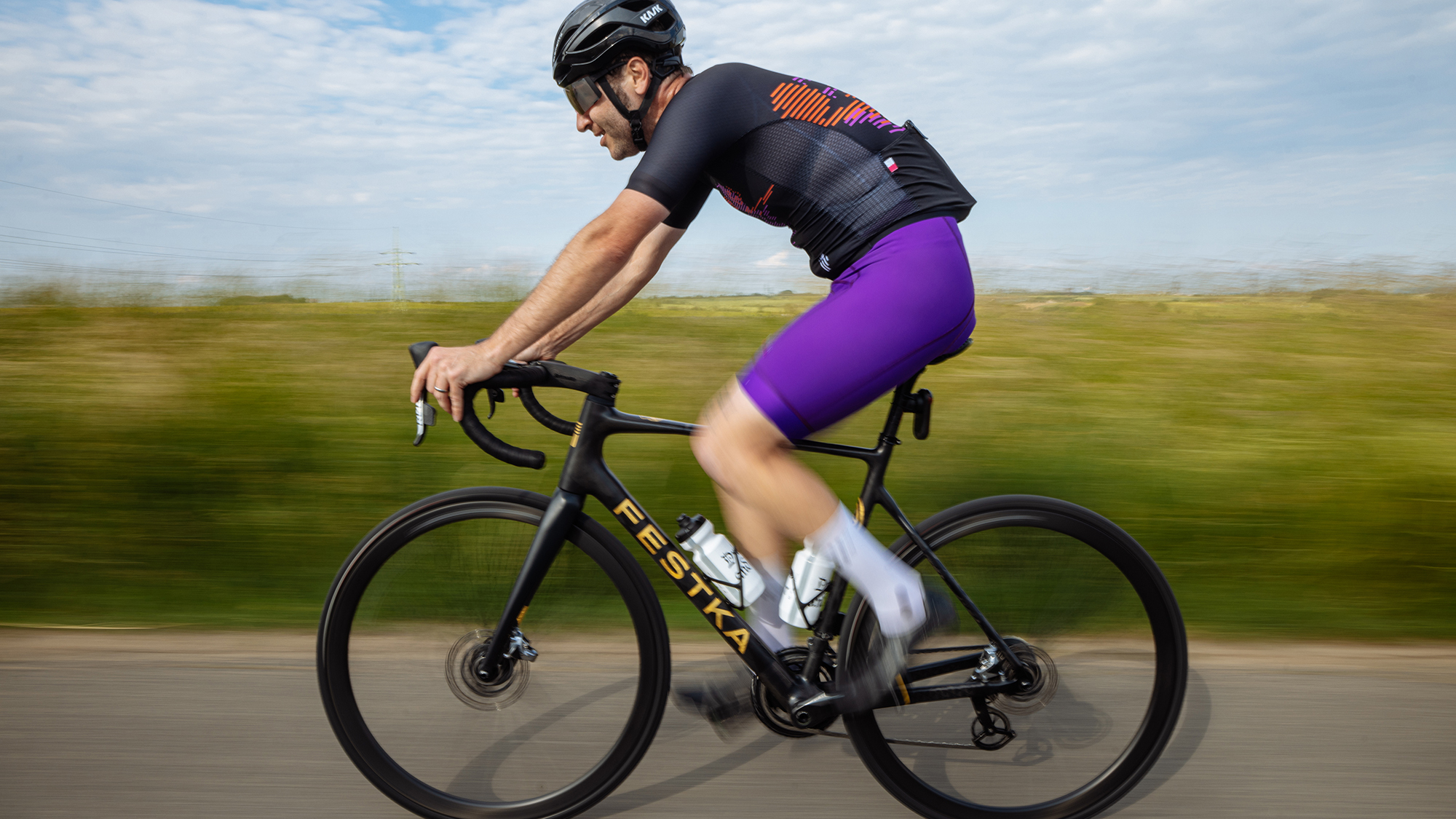
Design and aesthetics
I mentioned the wild Festka paint jobs a few times and the article has barely started. Unfortunately, most frames do not look like that. If that's what you are after, open your wallet and be patient. A truly bespoke paint scheme is something Festak calls "You by Festka" and there's only 12-slots a year plus a starting surcharge of $4,000 USD.
For the money, and wait, you are buying into a partnership. The brand will work with you, in whatever form that takes, to deliver a design that's a true work of art. Each one tells a story and while sometimes that's an abstract story of colour and design, it is frequently a literal story with text and images. It's not at all unusual to have outside artists spending hundreds of hours hand illustrating every piece of the bike.
Another way to get you the kind of bike Festka has a reputation for is choosing a special edition. The special edition prices fall inline with pricing for a frame plus parts but there's no customization in that model. The special editions are also limited numbers and they go fast so you'll have to decide if that works for you.
That means, aesthetically speaking, many Festka Spectre bikes will be similar to what I rode. The one I rode had a few extra special touches, such as the Monopoly man logo on the top tube, but primarily the difference was real gold leaf instead of paint. The Core designs of the Spectre have wordmarks on both sides of the downtube, Spectre on the chainstay, a dipped drive side fork tip, and a logo on the head tube and seat stay bridge. You can pick one of three options for that colour. There are also three spirit options that use the same design but hide much of the raw carbon under paint. As beautiful as they are, that raw carbon is the real story of the Festka brand.
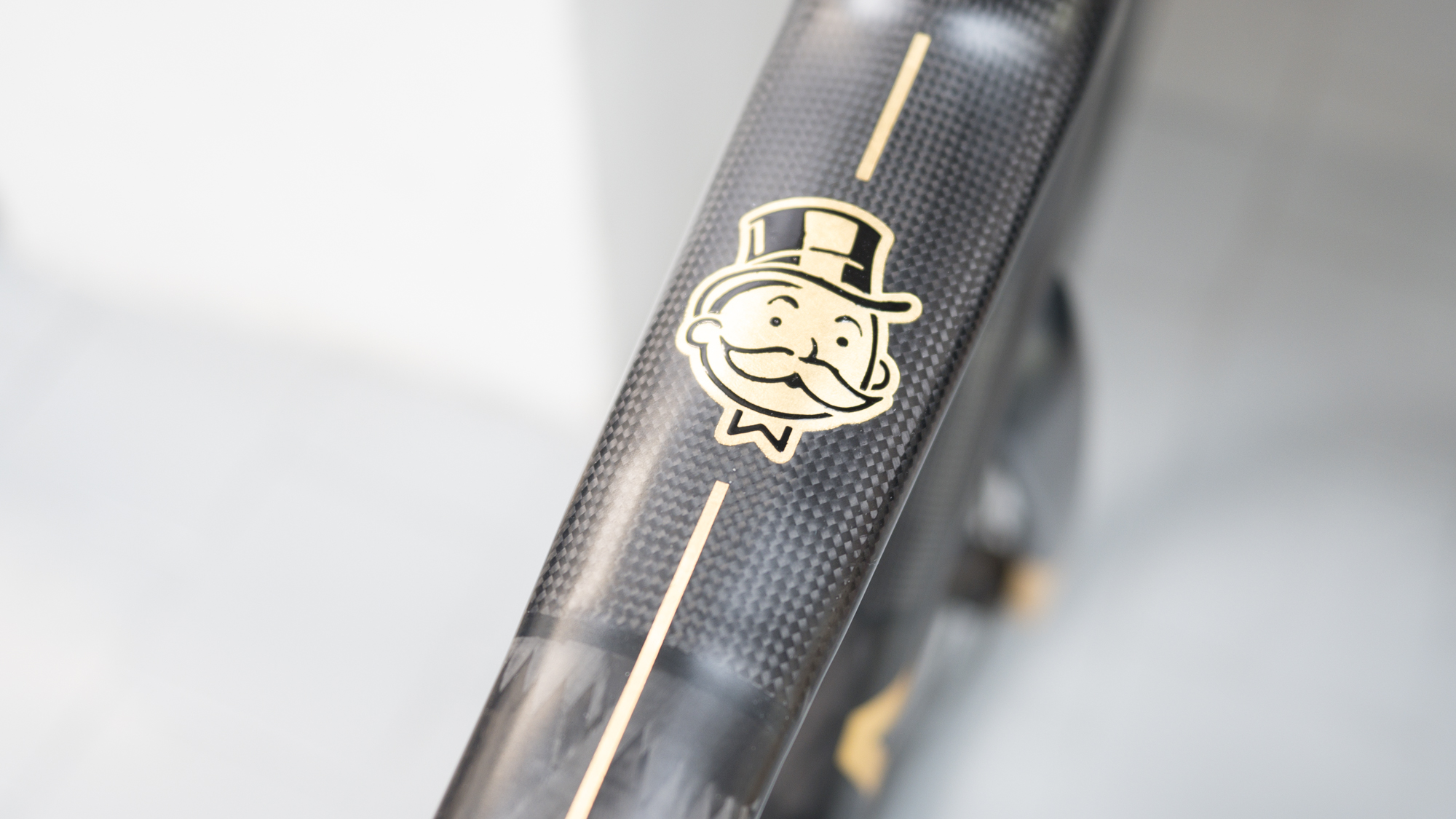
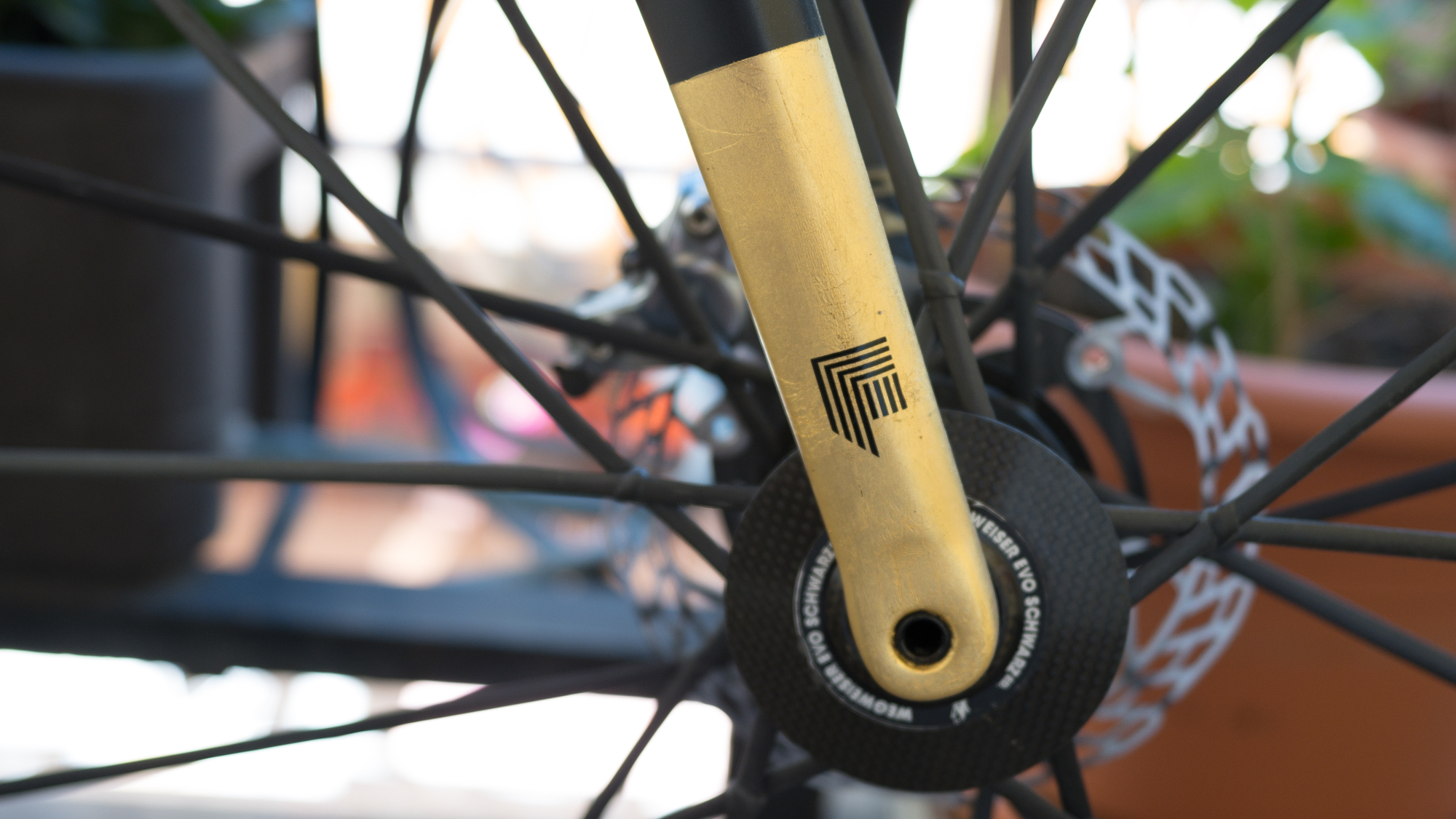
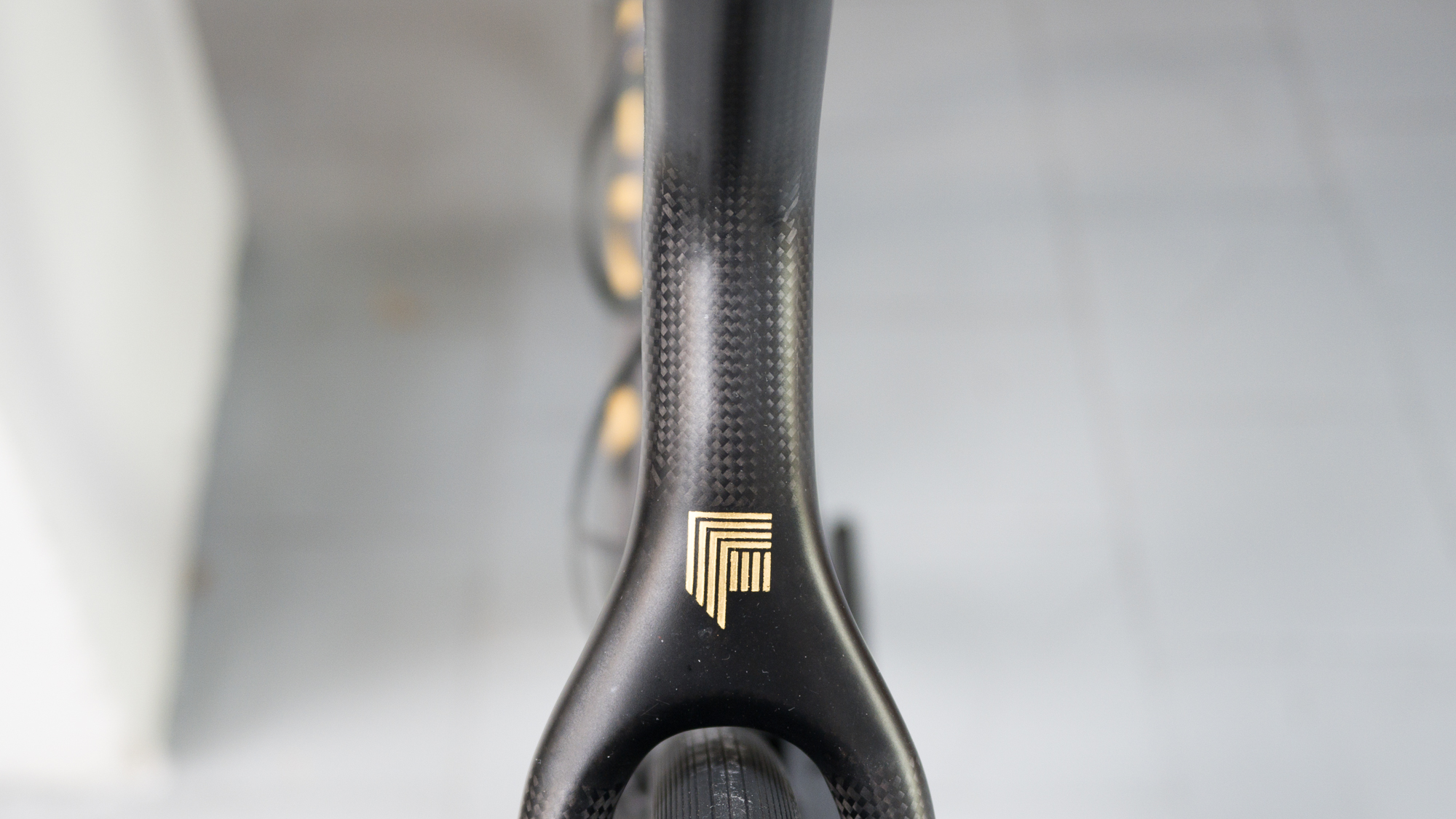


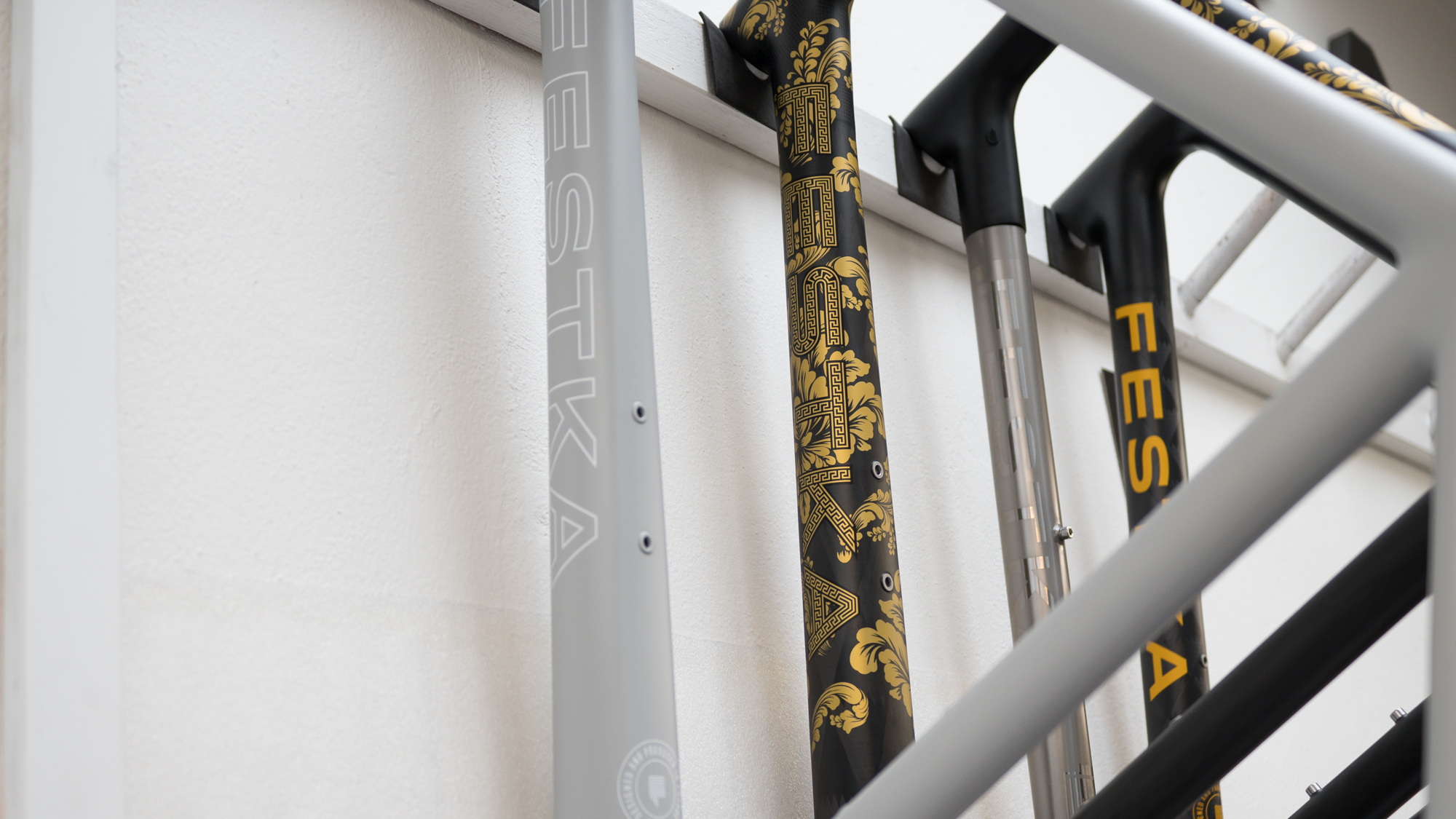
From the outside you can see a bunch of different designs in the carbon. Sometimes it's triangular, with varying sizes, and sometimes it's a weave but in a way, it's all a distraction. The inside looks rather plain but it's unique in the bike world. While other brands use a layup style of carbon where prepreg sheets get laid into a mould, Festka uses wrapped carbon.
That choice is something more than just an accident of circumstance. When Festka opened its doors in 2010, the founders knew that the future was moving away from the handmade nature of typical carbon bike frames. The tubes that Festka uses come from a component supplier called Compotech. Compotech started as a university project making better rafting oars but that technology translates to bike frames quite well.
Each piece of a Festka frame starts as a collection of round tubes made from wound carbon filament. Rather than carbon fibre that looks like fabric, this carbon looks like ribbon. Instead of varying the layup, Festka has the ability to vary the type of carbon, the wrap of the carbon, and the tube shape all while keeping the tubes machine built. If there's ever a problem with a tube, Festka has the ability to replace it in a frame, but there's also less chance of cracks forming in the finished carbon. Because the carbon wires aren't cut, the tubes are better able to dissipate energy. You can squeeze a Festka tube until the walls touch, a favourite party trick for founder Michael Moureček, and it won't break. Moureček says it's stronger than steel.
There's also another aspect to the round tubes and that is visual identity. Moureček describes Festka bikes as a long term investment and he discussed how that mirrors high-end watches. Buyers of luxury watches keep them for many years if not a lifetime and the brands celebrate that. There's no attempt to make last year's model outdated. Like those watches, Festka aims to update the inside of the bikes without making older models visually stand out as different.
Of course that also makes it a little difficult to understand which model is which and what the differences are between old and new. Festka has three different models of road bike and the model I spent time with is the second generation Spectre. In the model lineup the Spectre focuses on stiffness with the new model coming in 33% stiffer than the previous version and with "the best possible transfer of energy from the rider to the frame." At the same time, there's also a focus on comfort with space for tyres up to 33mm and a 27.2mm seatpost (or integrated seat mast). Although the Scalatore is lighter, it's a harsher ride while Moureček says with a Spectre "you don't have to be afraid to go out on light gravel" and goes on to call it " an all-rounder with racing performance."
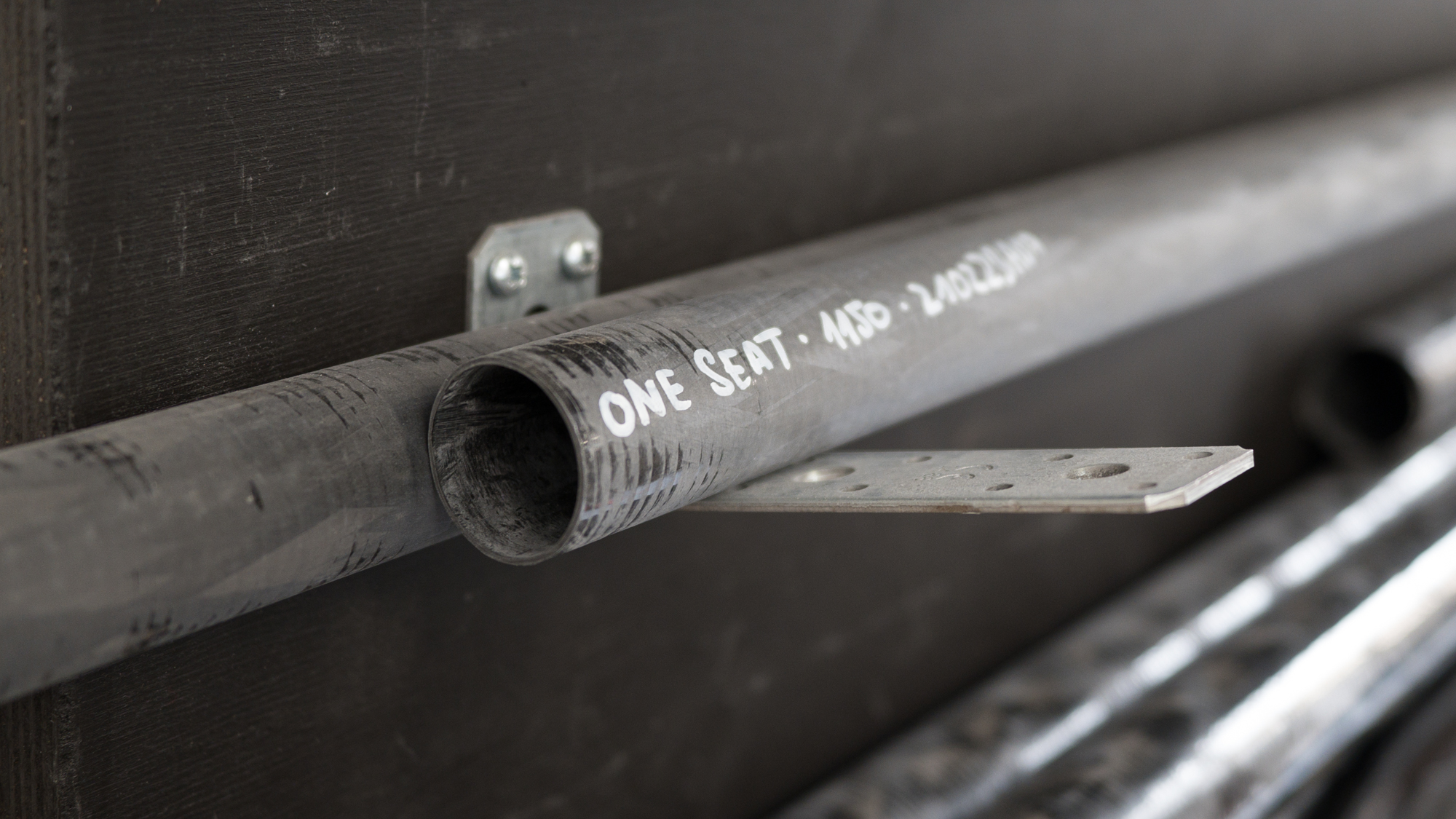
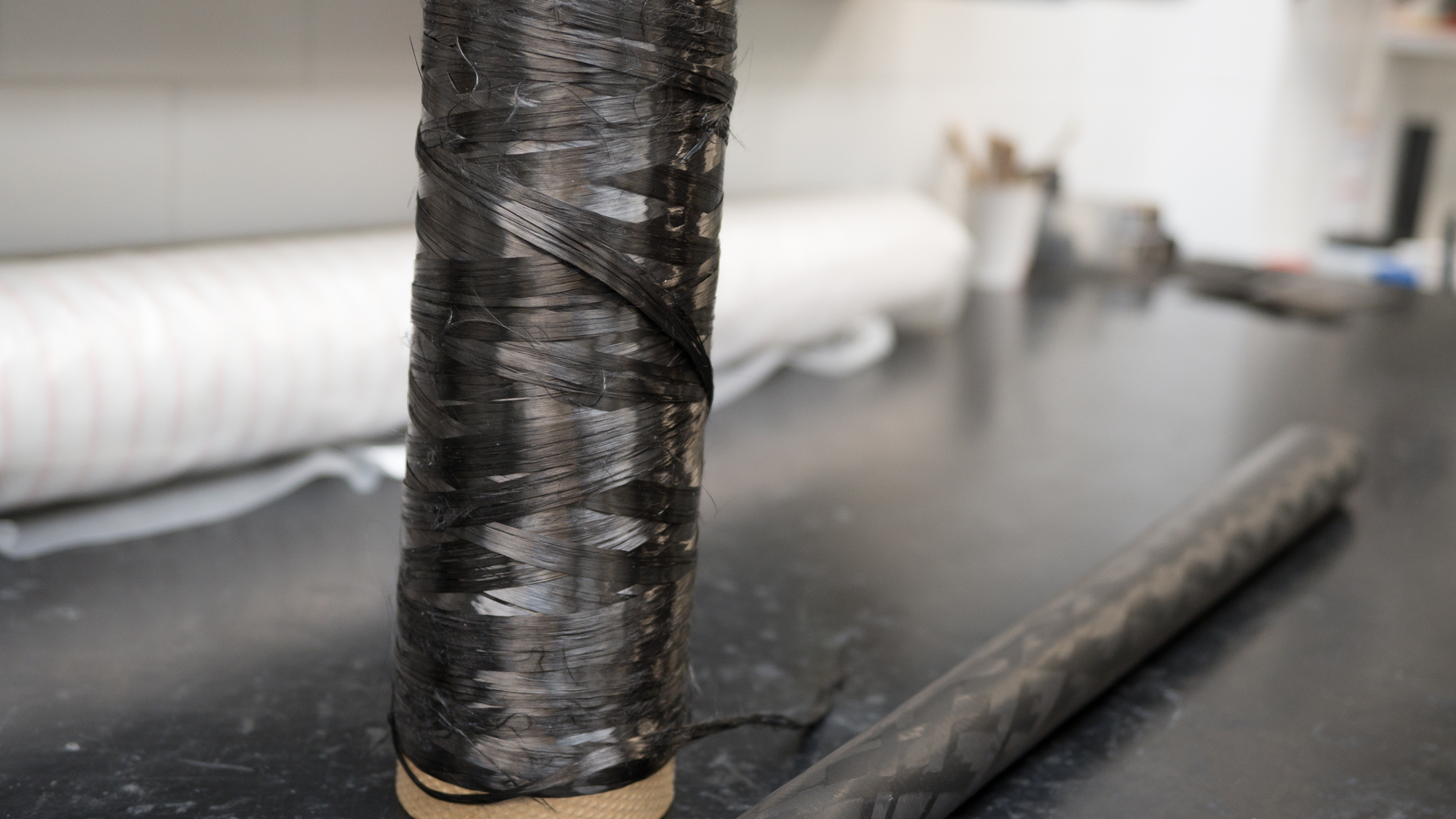

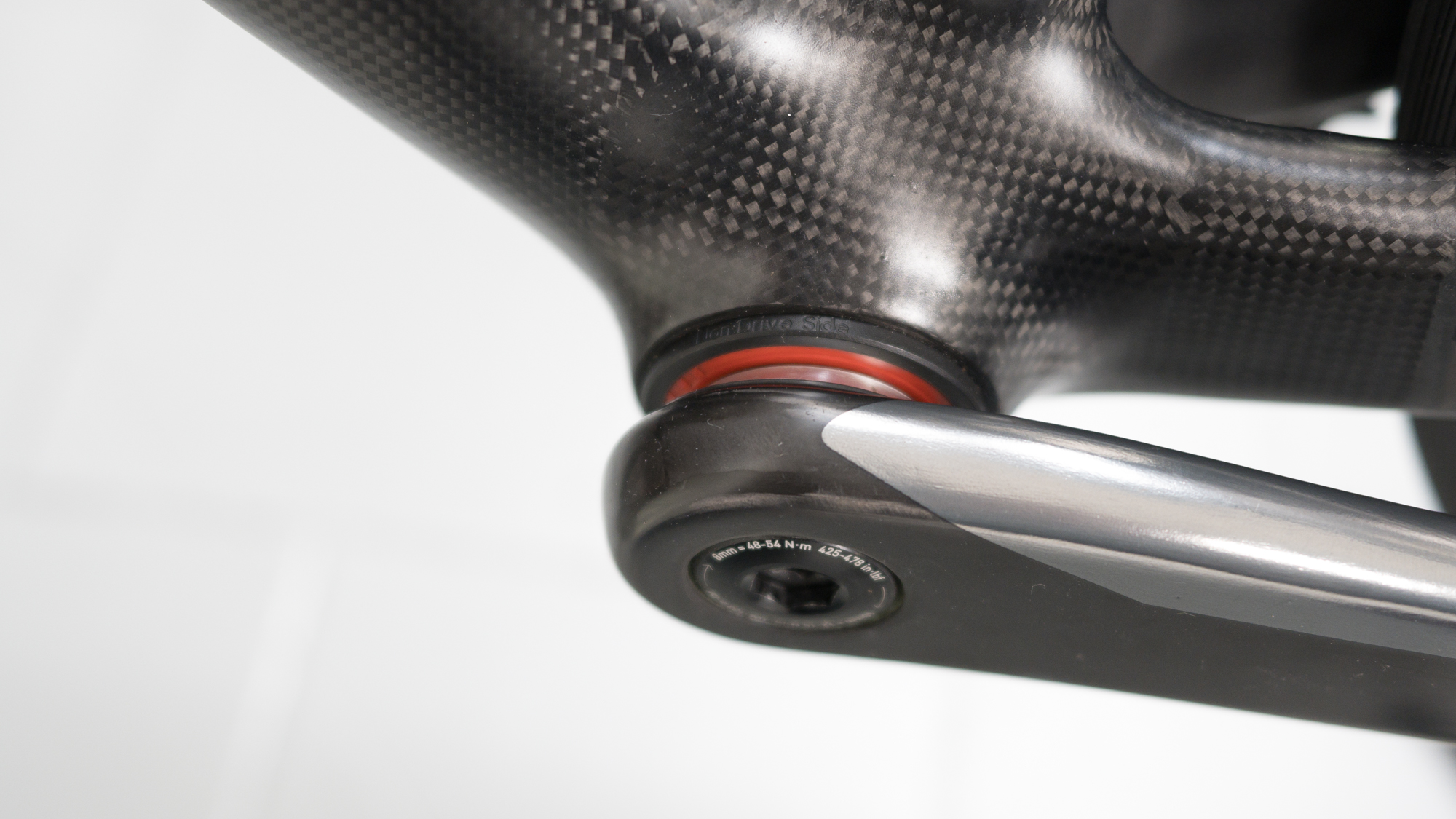
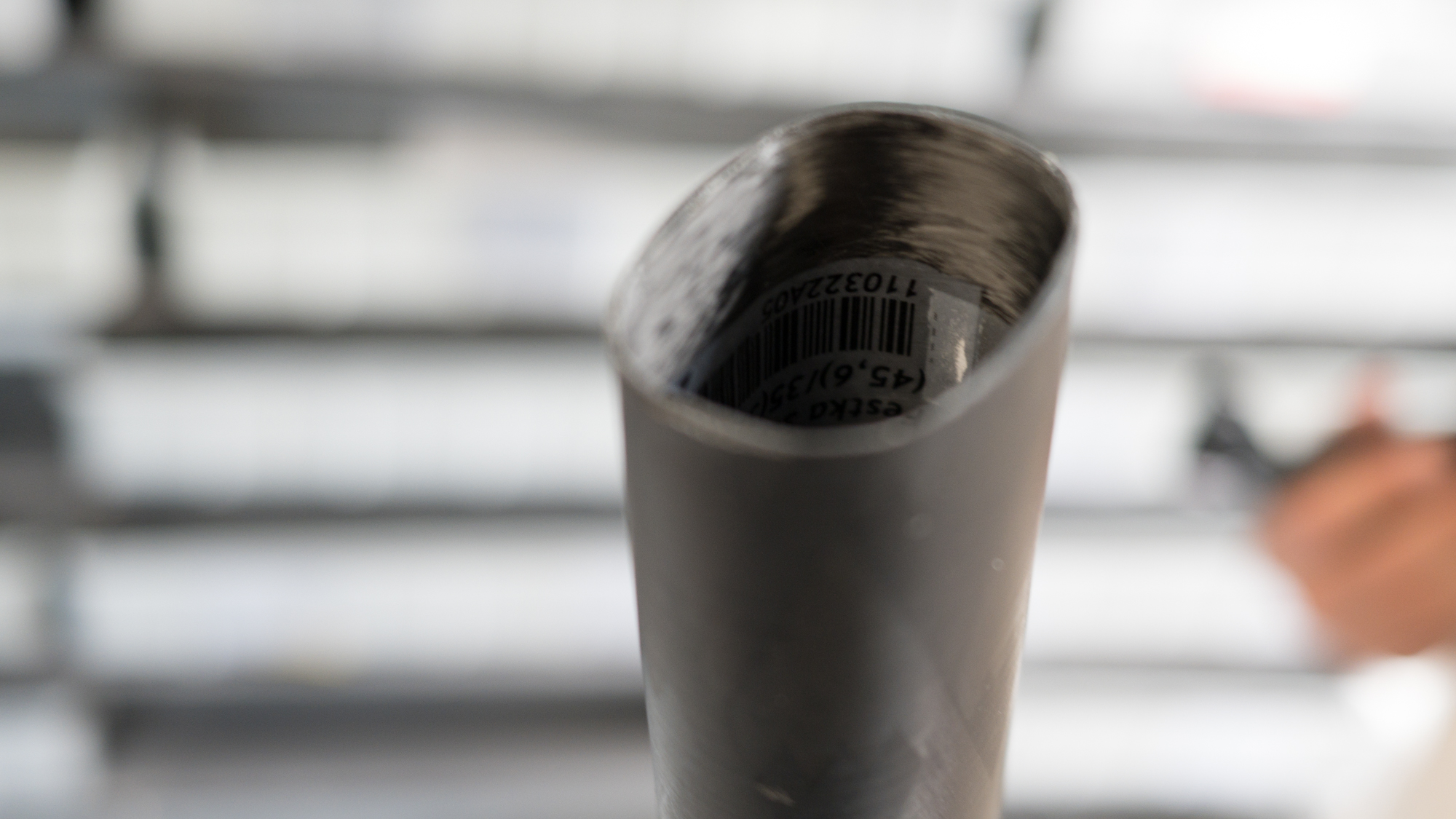

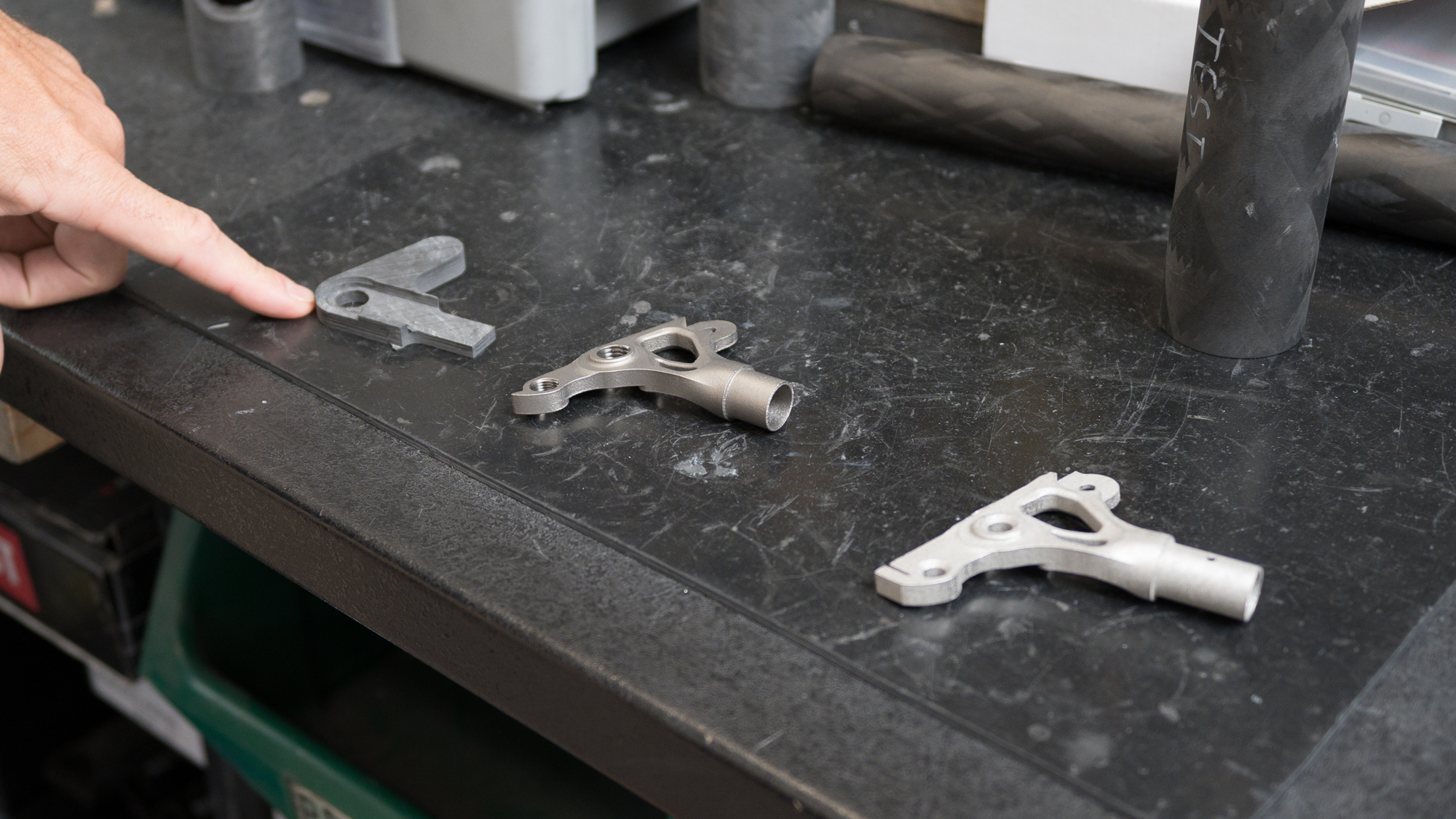
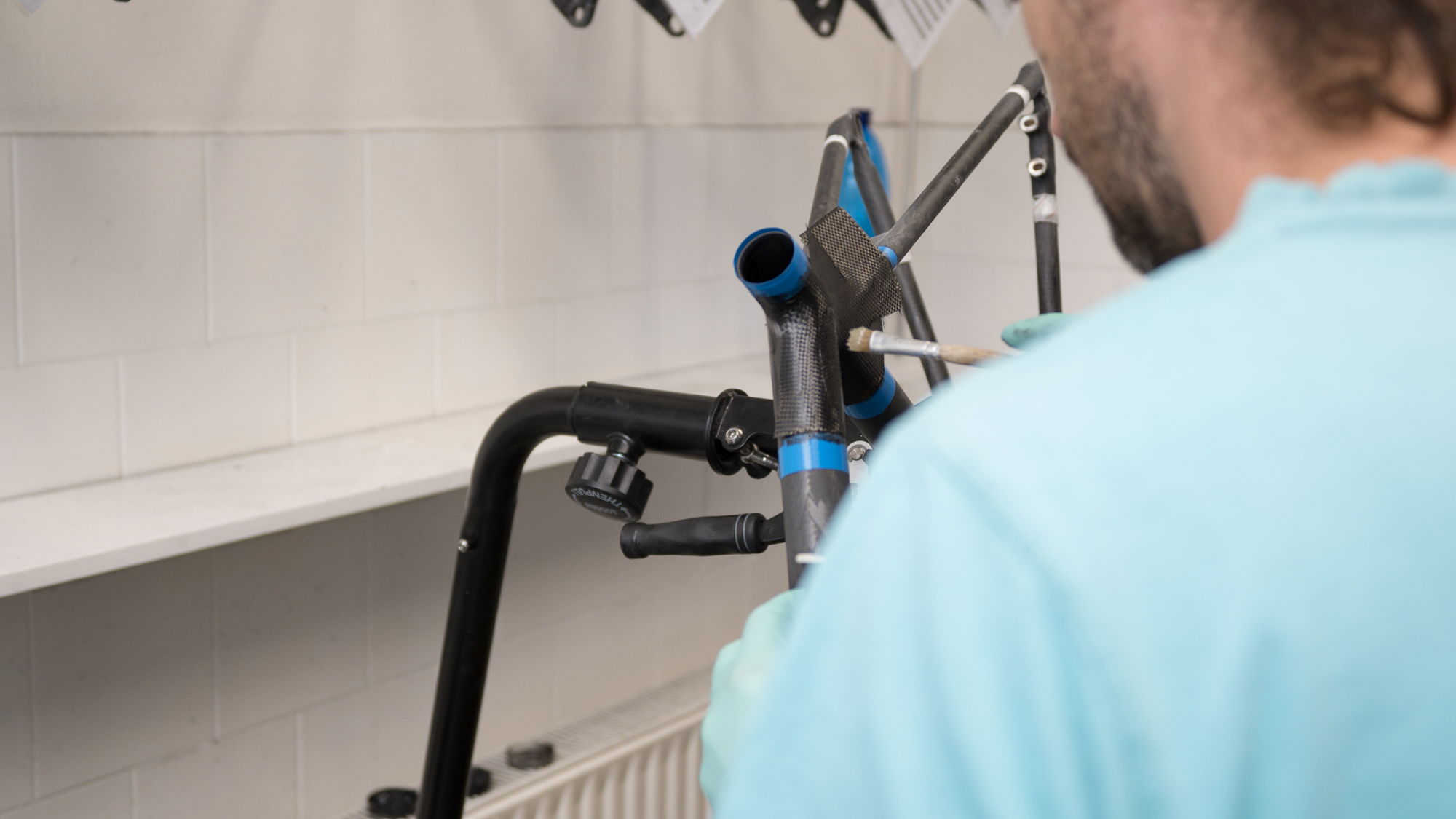
The build
This is a custom bike and unlike an off-the-shelf model, there is no concept of build levels. When I covered the Cannondale Supersix EVO recently, I found the mix of components and paint options at each level limiting. You won’t find anything like that with a Festka. The Spectre model is available in any paint option you want with your only limit being how quickly you want it and how much you are willing to pay.
In terms of build choices, Festka charges market rates for components and you can mix and match whatever works for you. The Spectre does require a stem and bar that can handle both internal routing and routing through the headset. That limits your choice a bit but there are options from Enve, Deda, and Schmolke.
The Spectre I tested was originally built with a "dream bike" theme so a number of small details owed to that idea. The base was SRAM Red AXS with 48/35T chainrings and a 10-28T cassette but at the rear Festka swapped the pulley to a CeramicSpeed OSPW unit. The brakes were also SRAM hydraulic units with a 160mm/140mm front/rear configuration. The rotors, though, came from Carbon Ti for a bit of extra bling.
The bling continued at the front of the bike. Partly owing to availability and my need for narrow handlebars and a long stem, but also the theme, both the stem and handlebars were Schmolke TLO. At the rear though the saddle height I needed meant going with a little less bling and swapping to a Deda Superleggero seatpost. The saddle fitted to that was the Posedla Joyseat custom 3D printed saddle.
For wheels, this Festka Spectre turns to Lightweight. Specifically the Lightweight Wegweiser with a 36mm depth. This particular model is a slightly older model that has since lost its place in the model lineup after replacement by the Pfadfinder Evo gravel wheel. It's not tubeless compatible and, for me, Festka chose 28mm Vittoria Corsa G2.0 tyres.
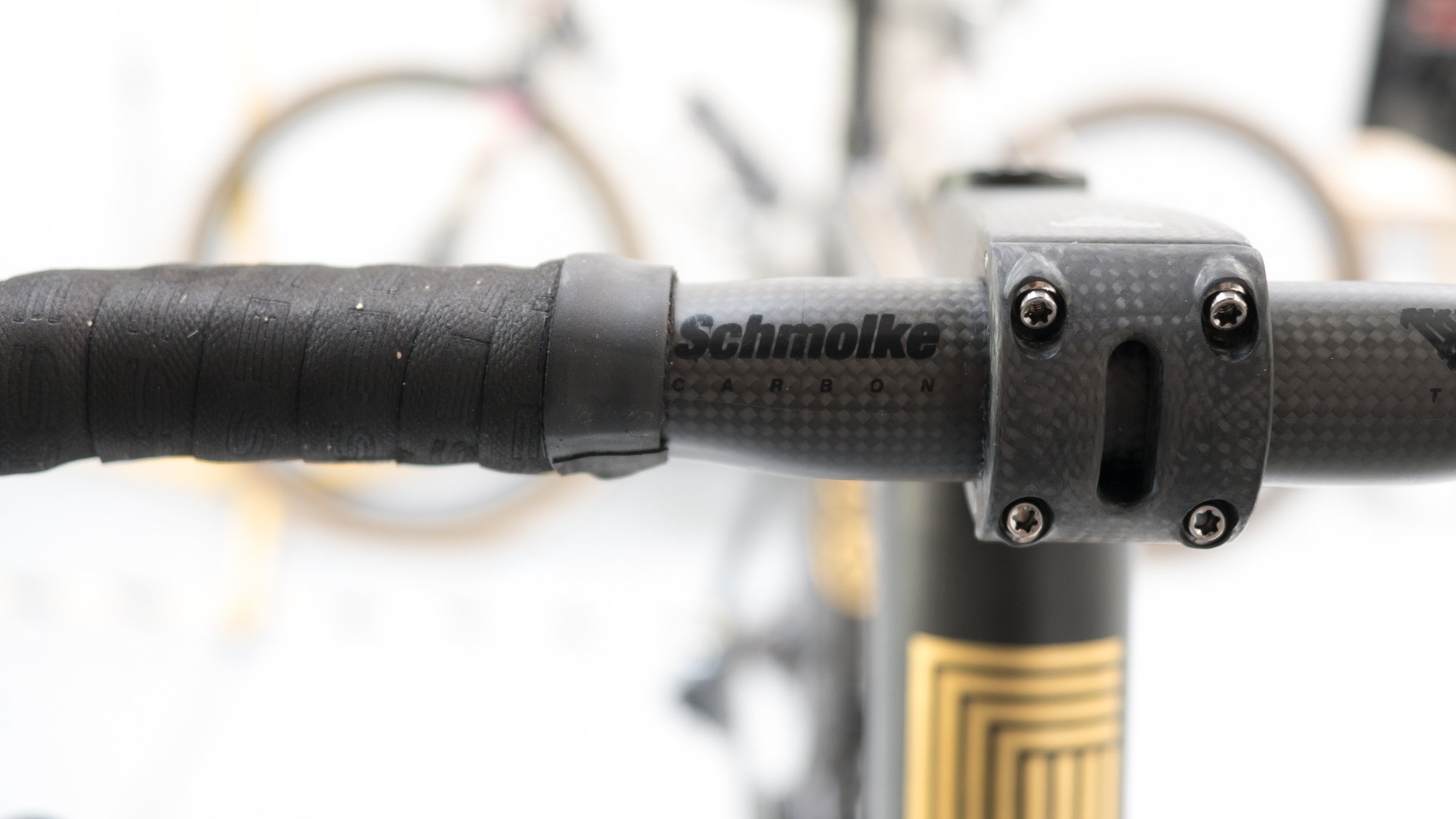
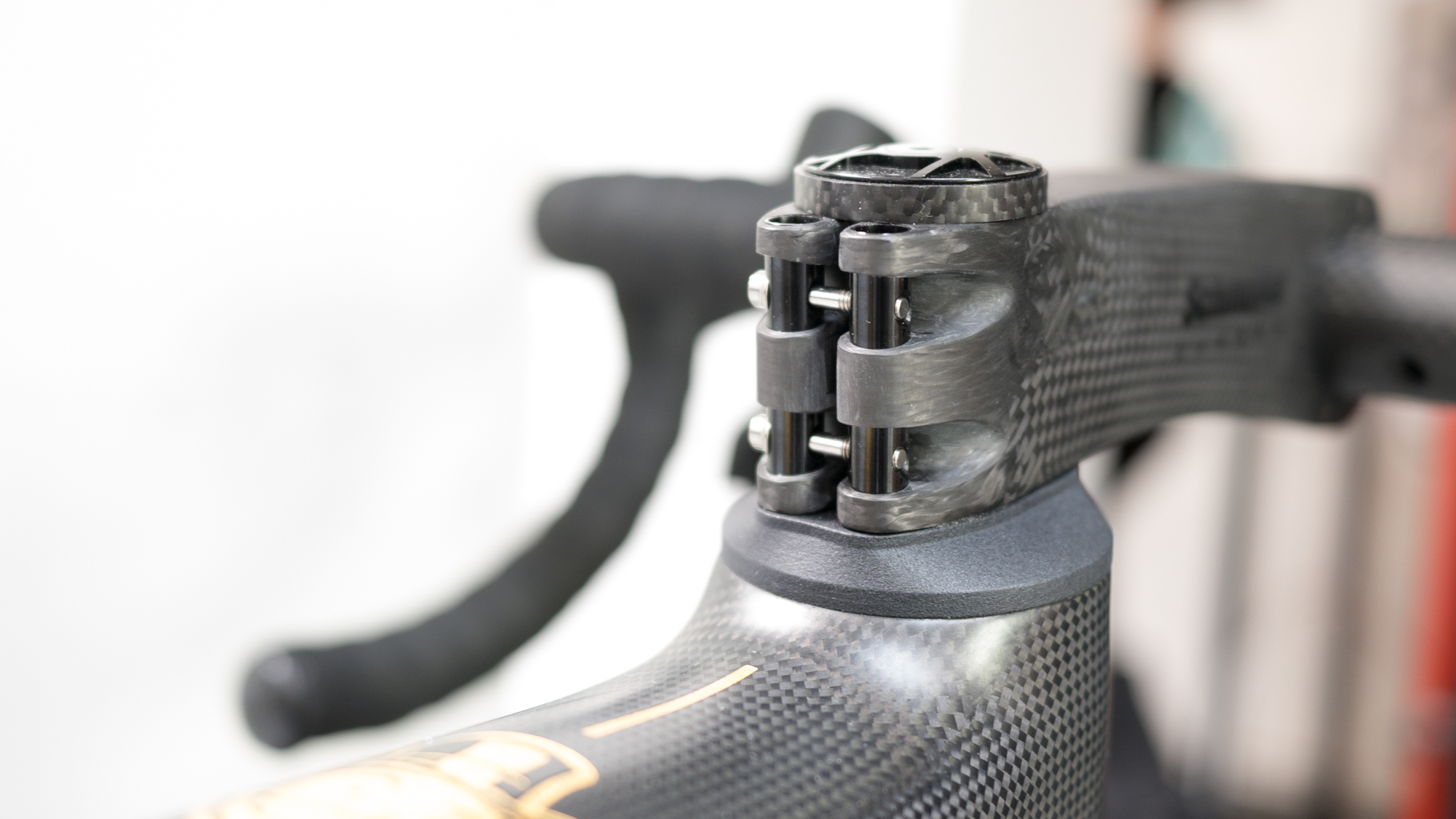

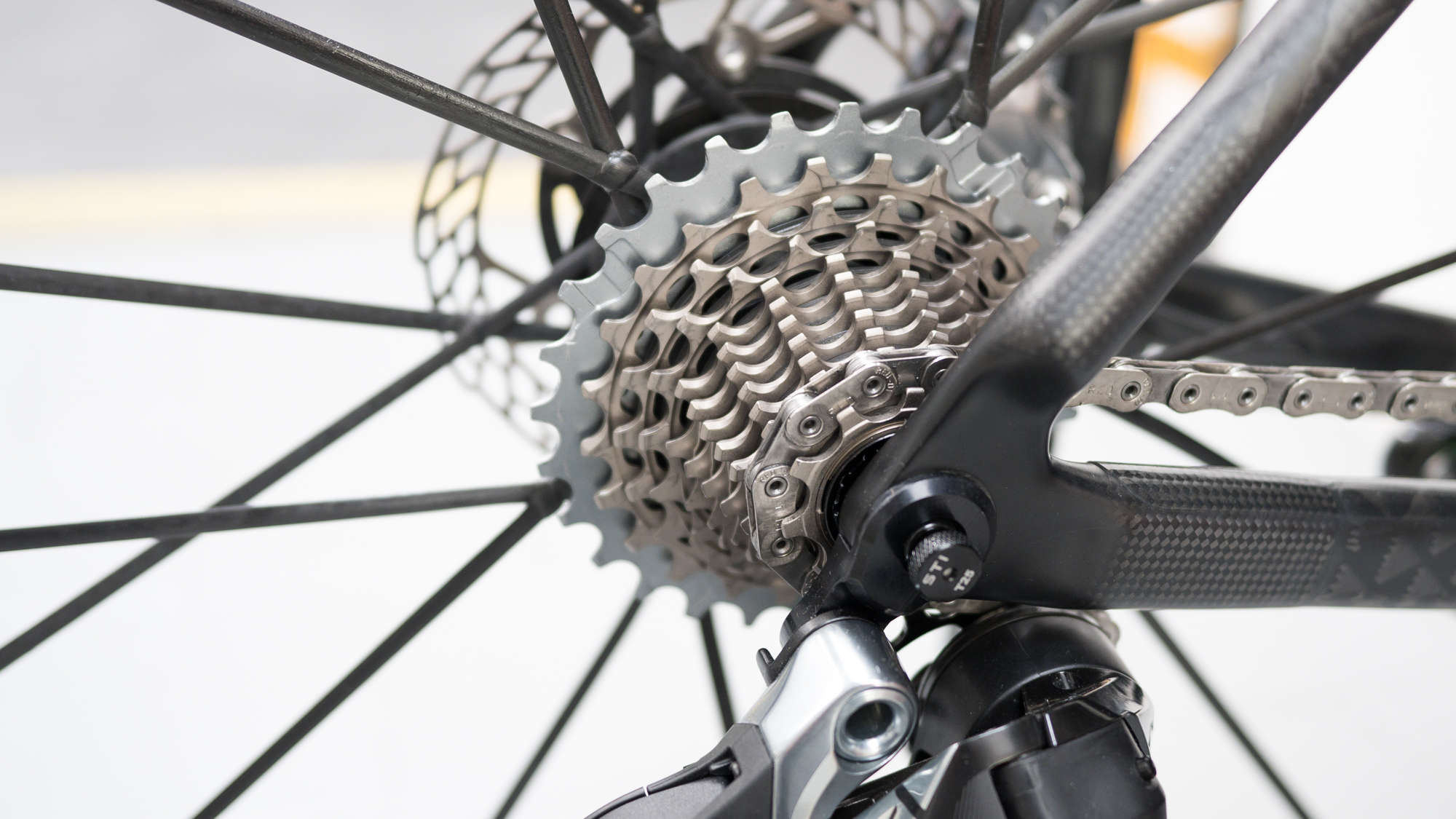
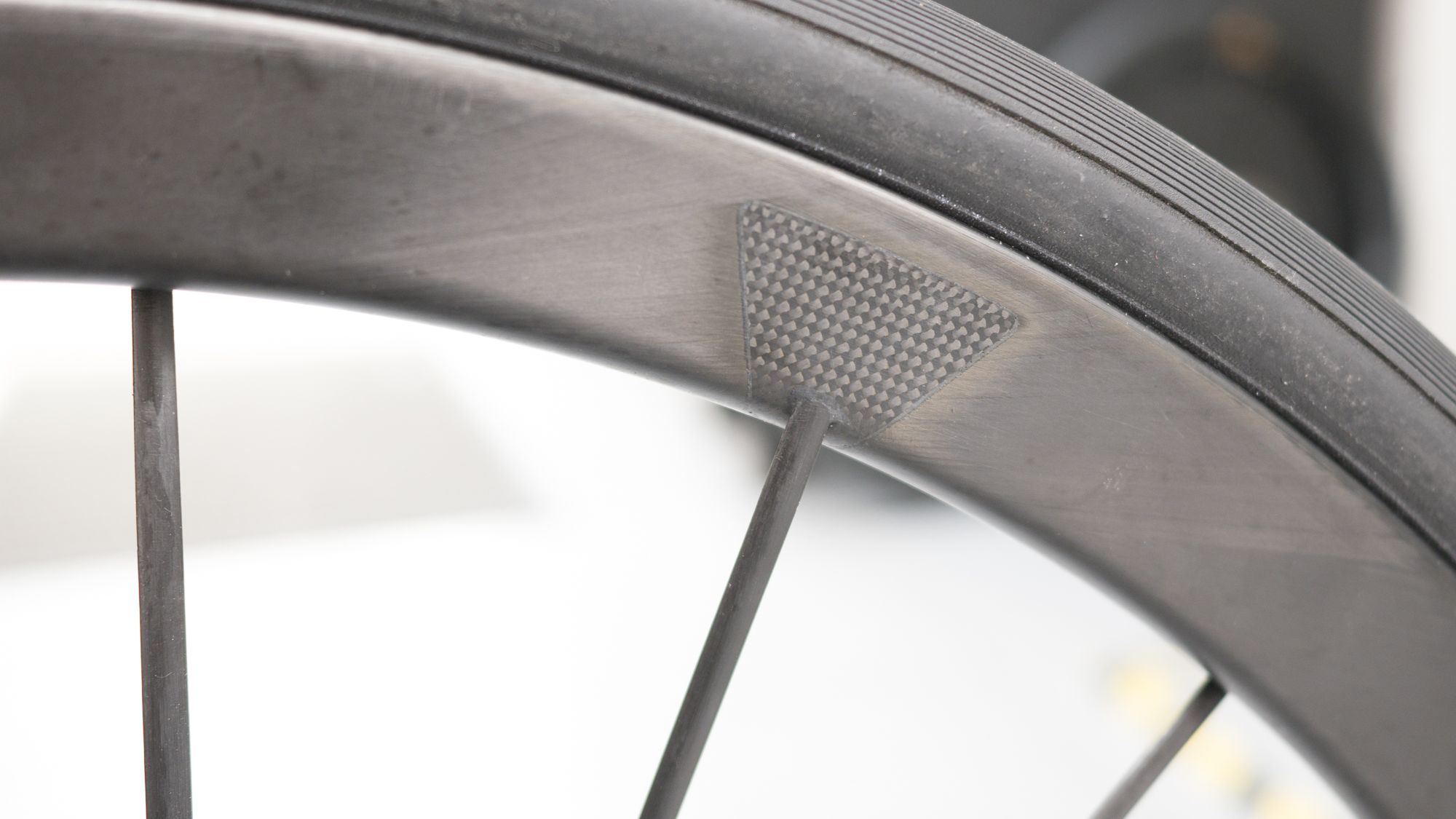

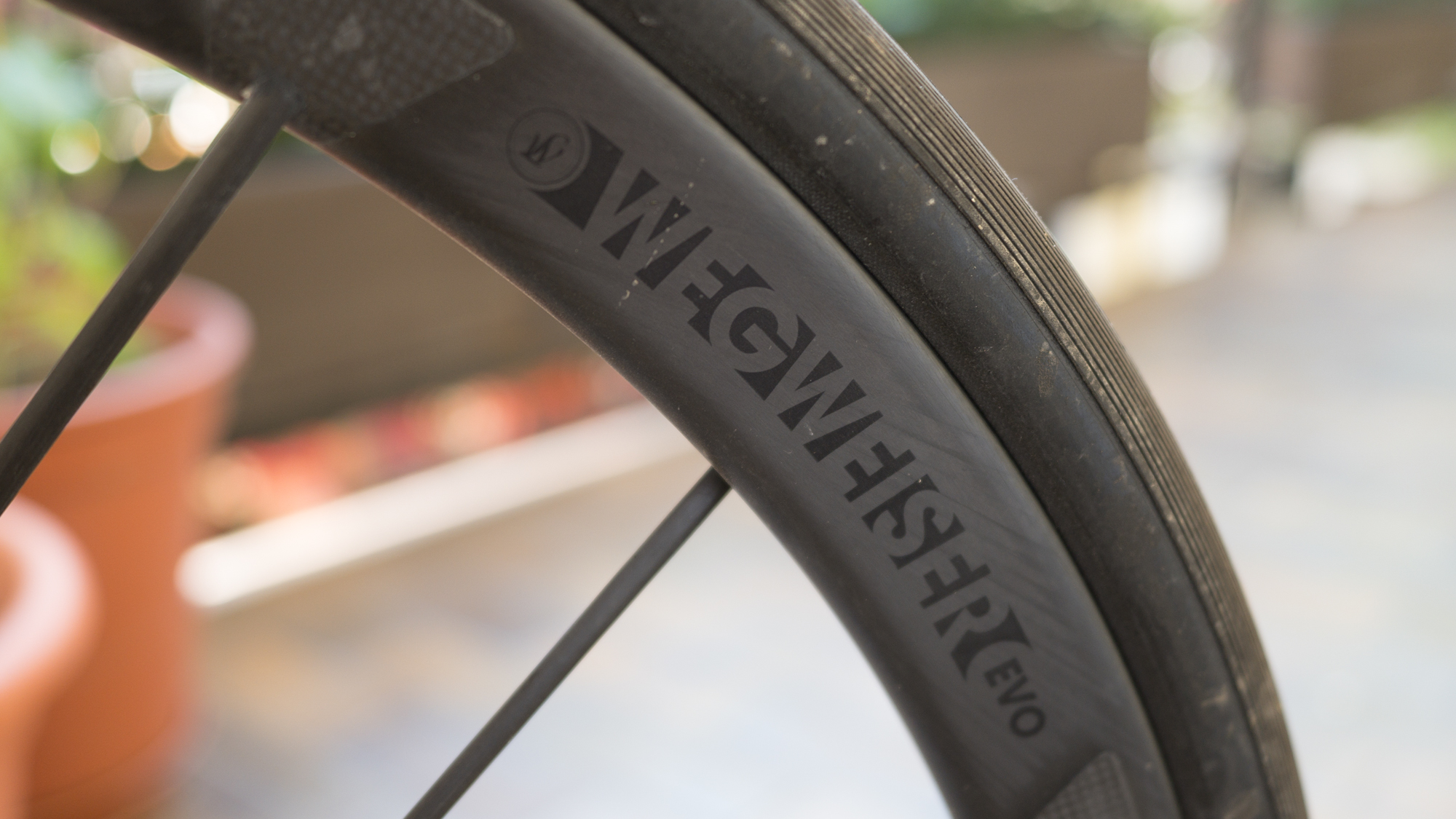

Performance
Reviewing a custom bike is always a challenge because it's not my custom bike. If I had worked through the process with Festka, I would have built a different bike. That's the whole point. For me to come in and jump on a bike that's not designed for me and tell you what it's like isn't truly representative. Still, there are some broad strokes that I noticed which match with the concept of the bike.
The Spectre 2.0 isn't exactly an all-road bike but if there's one bike in the Festka portfolio that leans in that direction this is it. A big part of that is the compliance that Festka infuses into the carbon DNA of this bike. It's what sets the Spectre apart from the Scalatore and when I got on the bike, that's what I felt.
Within minutes of getting on the Festka I found myself coming down a small steep cobbled street in Prague. I promise if I'd chosen a way to get comfortable on a new bike, this would not have been part of the plan. Despite that, I was able to stay focused on traffic and where we were going. The bike felt composed and compliant, never skittish, even over challenging road surfaces.
As I continued through Prague, that initial feeling of compliance and stability never felt far away. What I actually started to wonder was whether the Spectre was too compliant. Push too hard on compliance and you find yourself with a boring bike, is that where the Spectre had gone? It didn't help that the bars I was riding were a bit too wide, the frame a bit too big, and this particular bike had an unusually tall headtube.
It was when I headed to the hills that I started to get a better idea of where in the spectrum the Spectre actually sat. In the hills around Prague I found myself following faster riders and attempting to look like I knew what I was doing on such a high-end bike. The last thing I wanted was to get dropped and I was pushing hard. In those moments, the Spectre was at its best. When I stood and pushed that extra bit to hold a wheel, compliance was suddenly the last thing on my mind. Drop back into the pack on rough pavement, there it was again. The more time I spent with the bike, the more a sort of dual personality seemed to peek through.
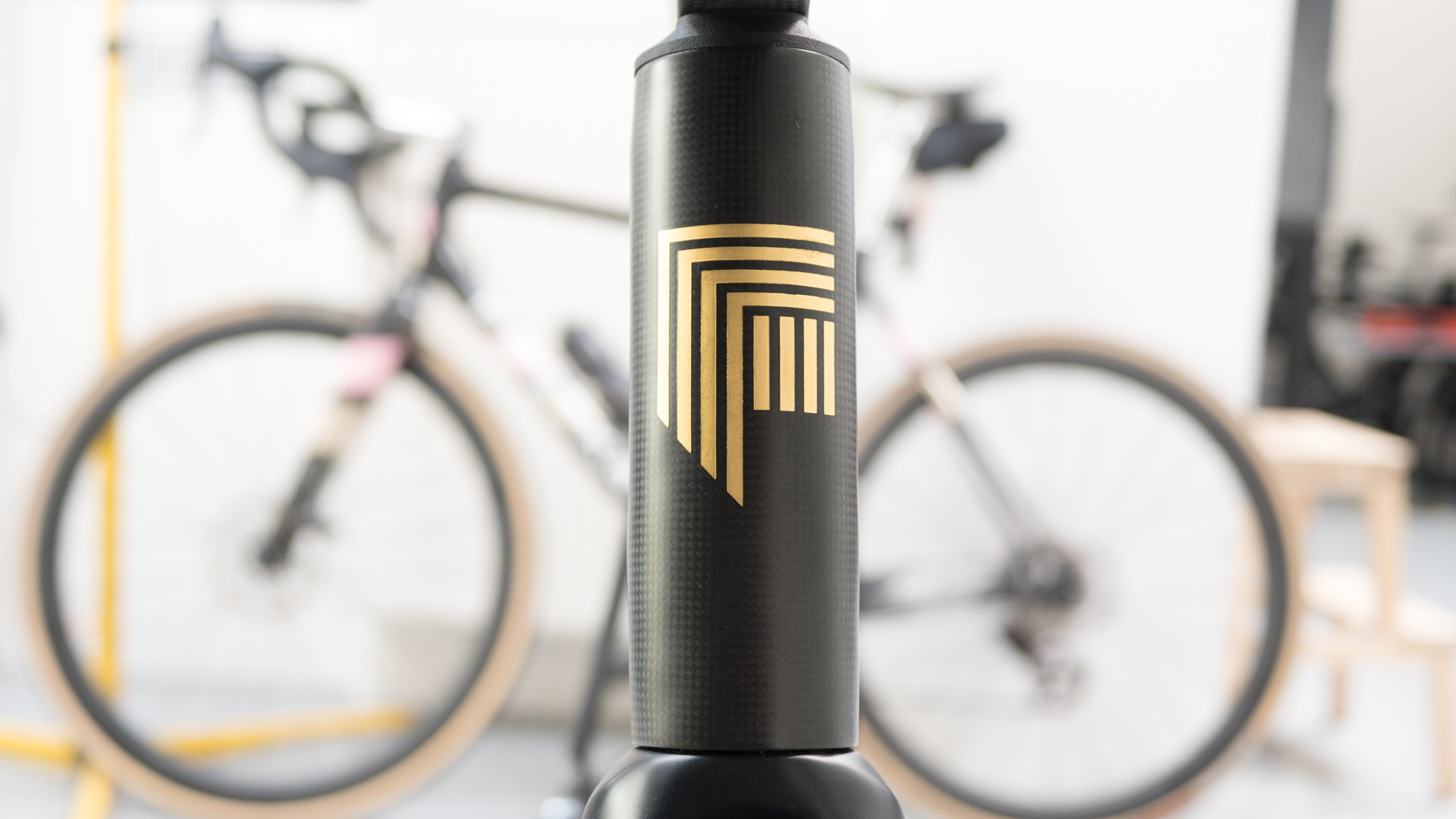

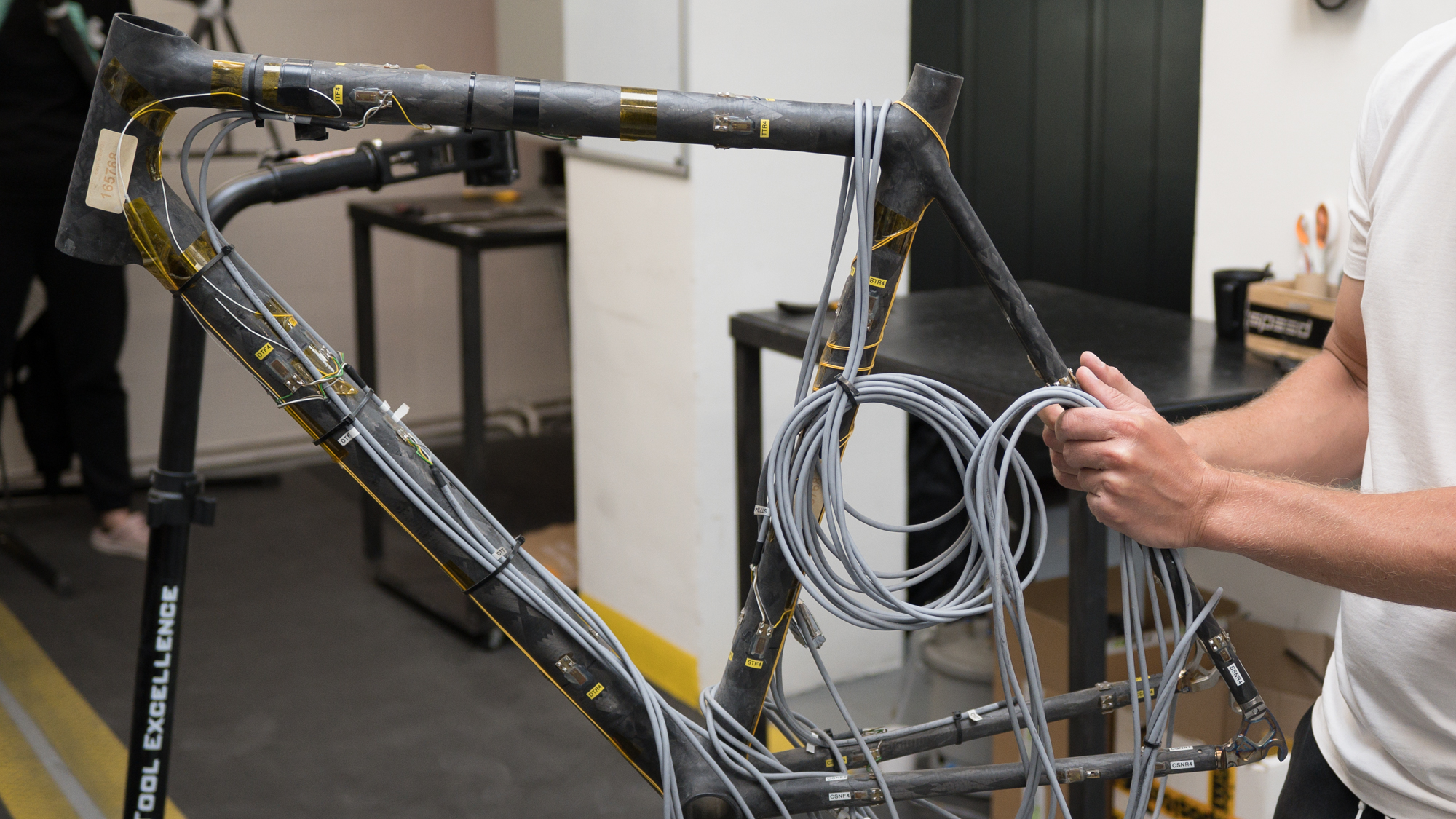
When I headed to the north of Czechia, the dual personality started to fall away a bit. In Prague, and the area around it, there's plenty of broken pavement and rough surfaces but the north is different. Riding on the pristine pavement near Varnsdorf, there was no opportunity to test compliance. In those moments what came through was an urgency at the pedals. Certainly some of that feeling comes from an exceptional set of wheels, but it's more than that. The frameset isn’t the lightest out there but as a full build 6.96 kilograms is a light bike. There’s also very little flex in the bars or in the bottom bracket area and it feels solid when you stand on the pedals. This bike is a joy to climb with.
Some of that also comes through on the descents although those were not my favourite moments. I'm almost always the last one down a descent anyway and I didn't love the brake rotors from Carbon Ti. The bike itself felt good descending. The ability to deal with changing road surfaces keeps the frame composed no matter what happens mid-turn. The brake setup on this bike wasn't up to the task though.
Owing to the flashy nature of this build, the rotors were the previous generation Carbon Ti. The spidery surface is lovely to look at but it causes vibration across the pads and feels like there's not enough material to dissipate heat. Carbon Ti did make some changes recently to address this but that wasn't what I tested. As it was, I found myself wishing for the performance of the Hope RX4+ system I've come to love riding with.
As I wrapped up this time in the north climbing and descending on smooth surfaces, I did have one more test ahead of me. My final ride with the Festka Spectre was a 370 km / 230 mile ride from Prague to Vienna. I've gone into greater detail about that in an article about how I set an FKT riding from Prague to Vienna but at that point I'd already tested it extensively. I knew how it handled rough pavement, I knew what it was like to climb with it, and I knew I wasn't a fan of the brakes. I wasn't expecting to learn much more but there was one final point of surprise. I wasn't in pain after that many hours on the Festka Spectre.
I've called that ride the easiest long ride I've ever done. I can't say that is entirely because of the Spectre but it's a bike designed to balance compliance and performance. I would be remiss if I didn't give at least some of the credit for an easy ride to a comfortable bike.

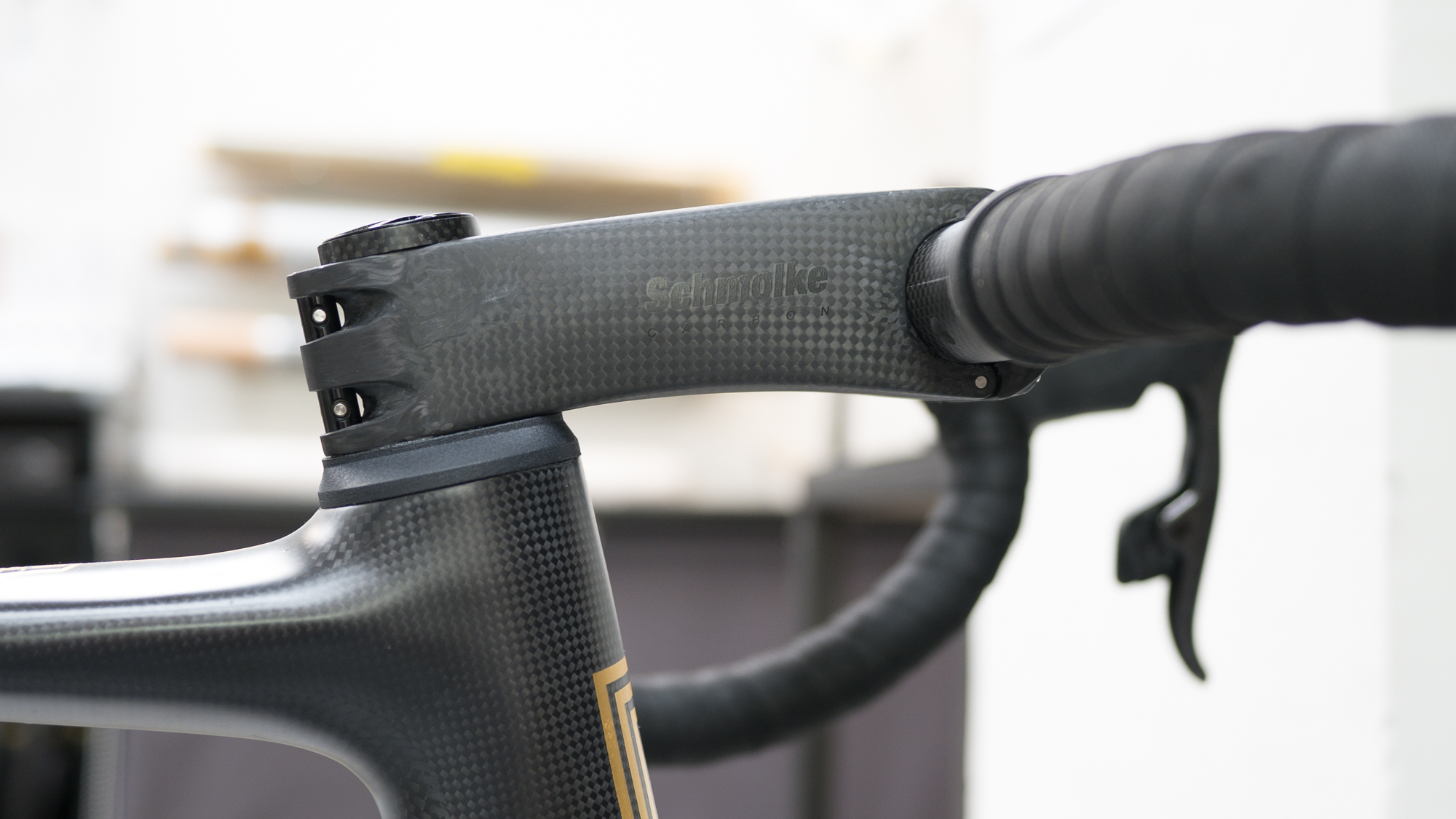
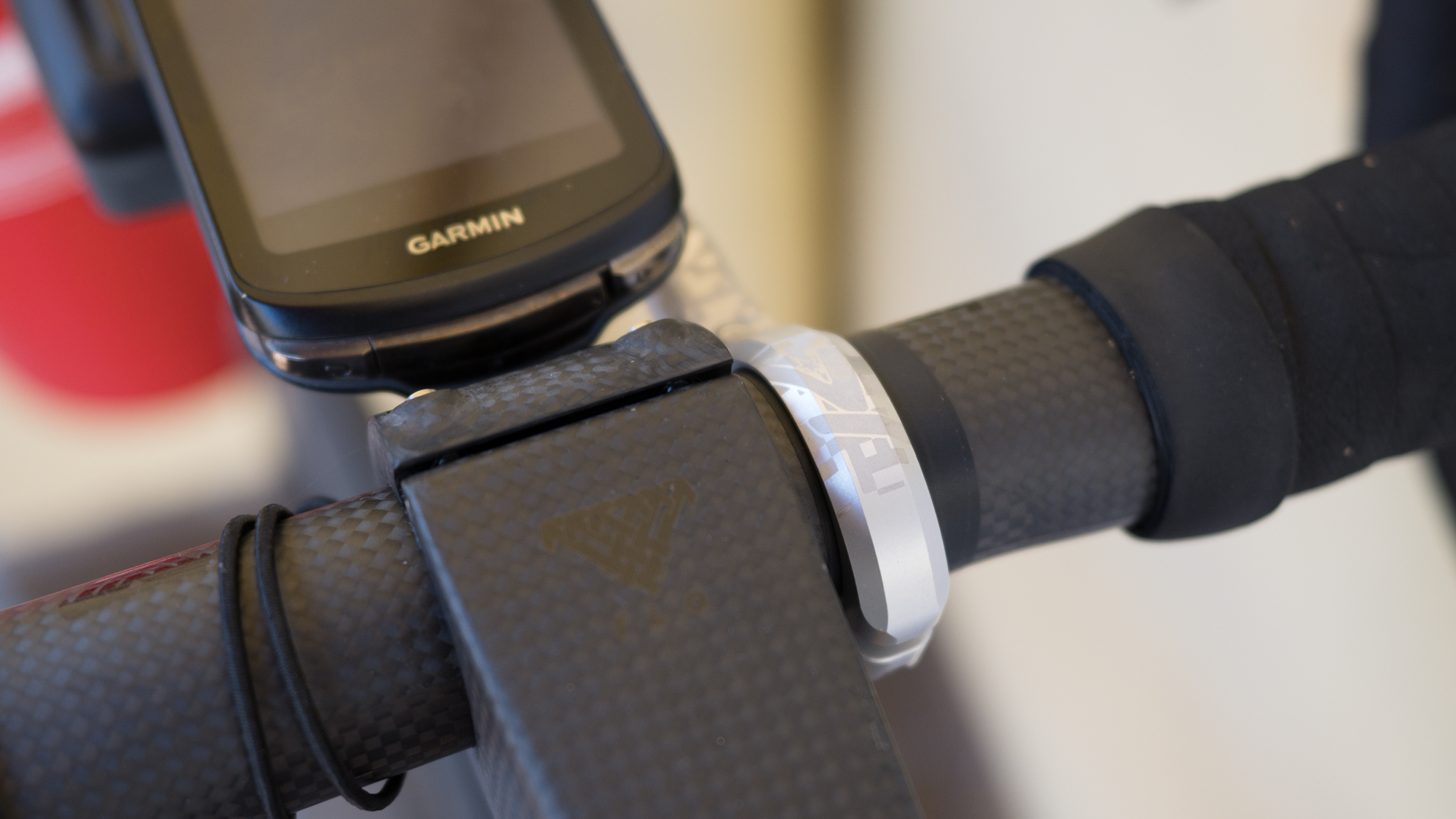
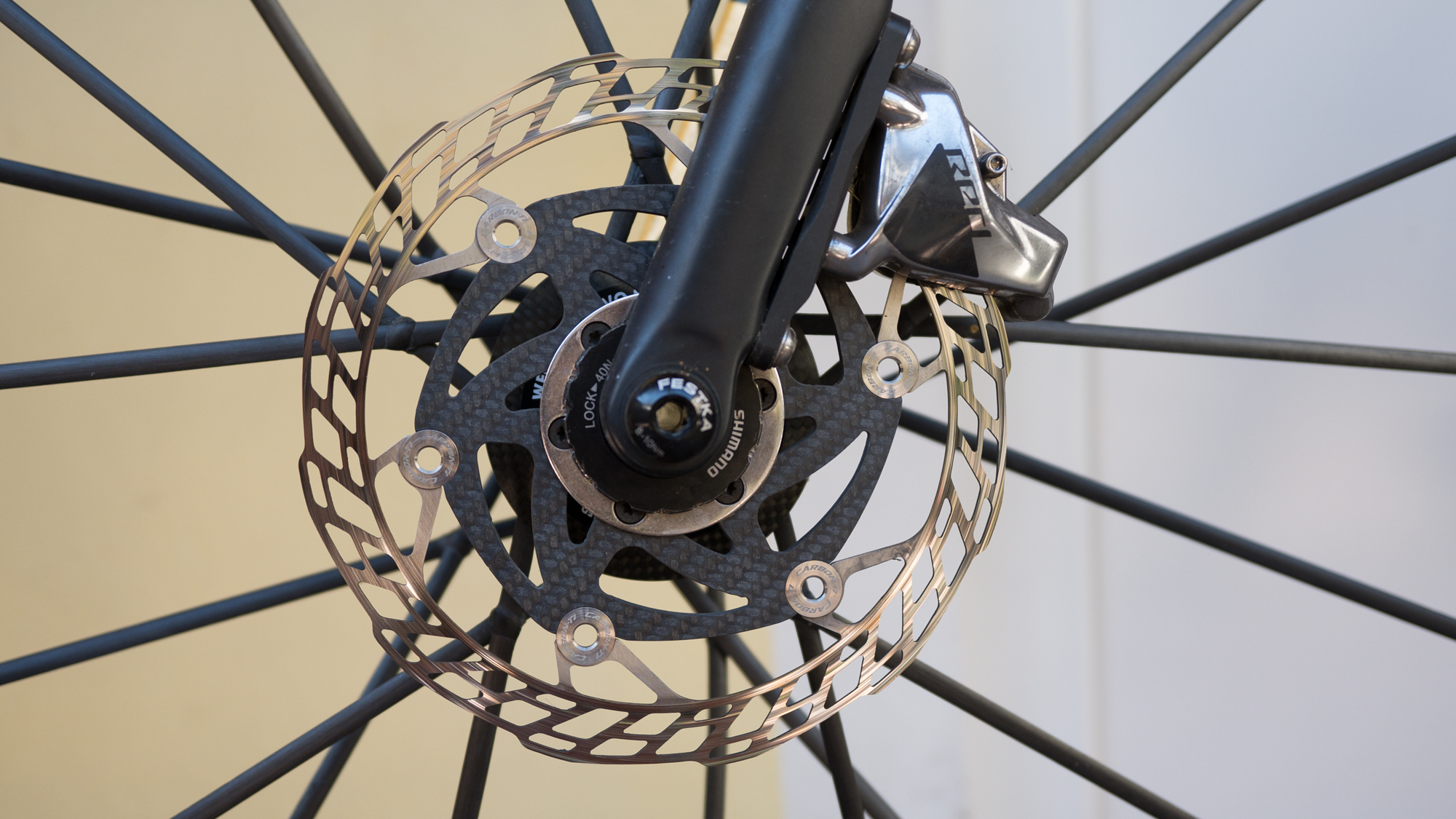
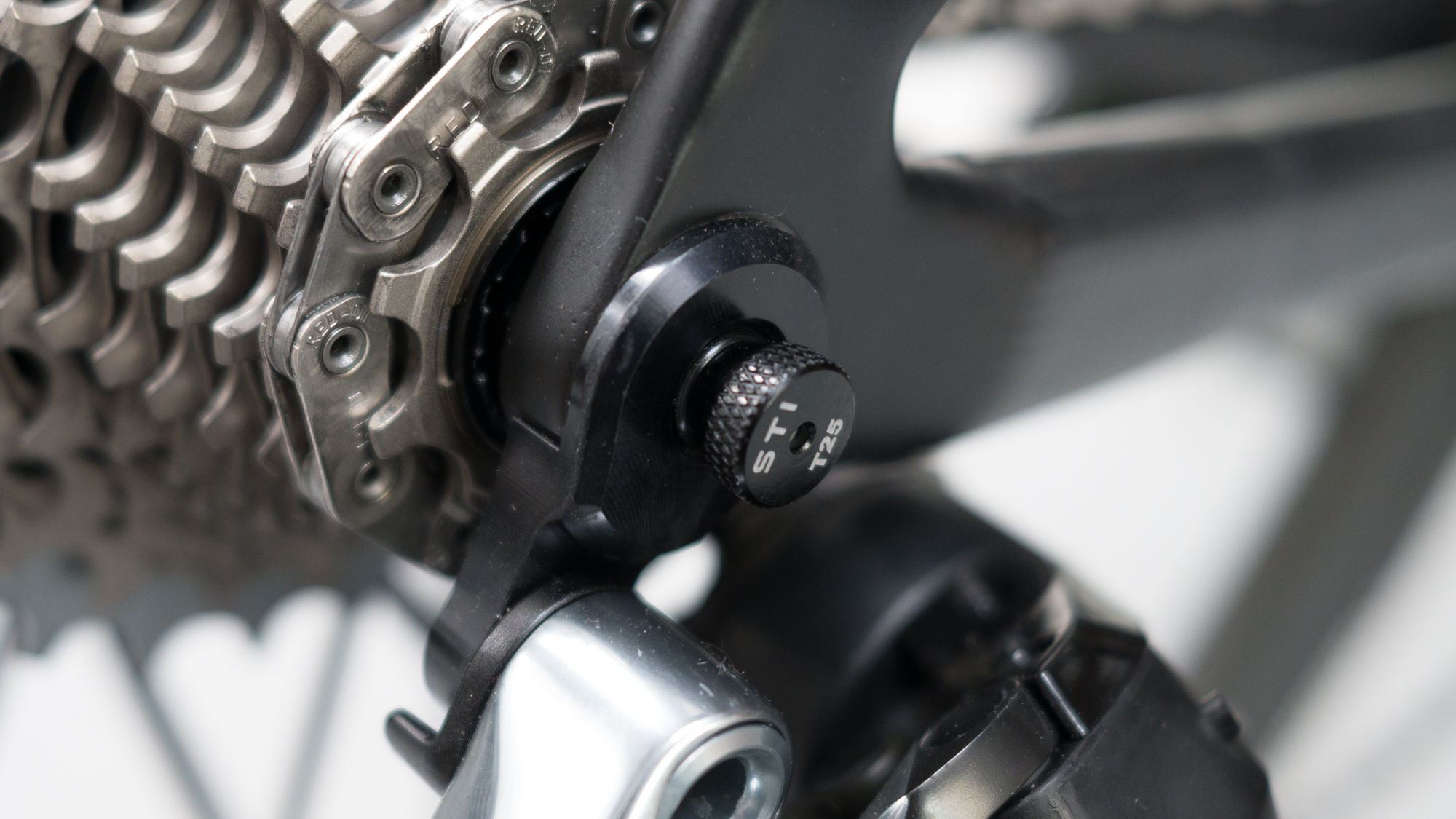
Value
When I wrote about the BMC Kaius 01 One, I mentioned the danger large brands were flirting with when pushing prices up. At the time I had recently reviewed the Argonaut GR3 and it was a brilliant bike for not much more money than the BMC. This time, I've recently reviewed a Cannondale SuperSix Evo and it's a brilliant bike for not much less than a Festka Spectre. These are all expensive bikes but if you are planning to spend that kind of money, don't be afraid to look at custom options.
Once you step into the world of custom, Argonaut should again enter the discussion. I haven't ridden the Argonaut RM3 but it's a very similar price range. Festka doesn't list component prices so expect things to vary depending on the choices you make. For the Spectre, the frameset runs $7,190 / £4,990 / €6,590 and the bike I rode carried an enormous price of $16,990. Festka quotes a still-high, but less-staggering starting price of $10,390 for a full build. Argonaut meanwhile doesn't list frameset prices but builds for the RM3 range from $10,800 through $15,800. That puts both brands in the same range and quite favourable compared to top-spec off-the-shelf options like the new $14,000 Tarmac SL8. Yes, these are expensive bikes but pricing makes sense compared to the competition.
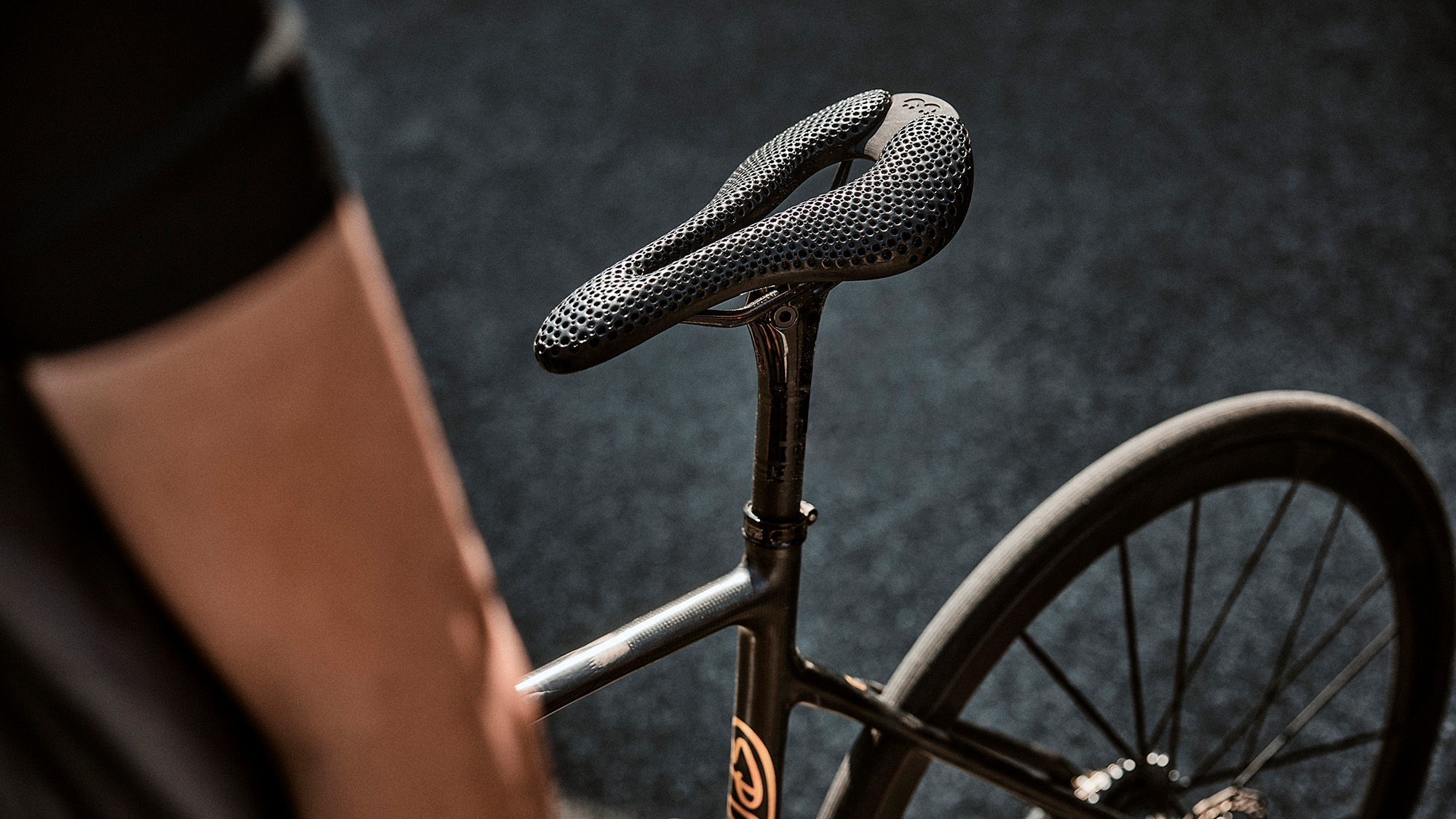
Verdict
The Festka Spectre is an absolutely brilliant bike. It's one of the most comfortable bikes I've ever ridden. If anything I worry it ends up being a little less exciting than some bikes but ultimately I think the stiffness and responsiveness keeps just the right side of interesting when it needs to be. It's not the lightest bike though and there's no aerodynamic consideration. If what you want is the fastest bike, look elsewhere. A custom bike is all about the connection you have with the brand who builds it and Festka is no different.
Festka builds performance bikes with a very specific style. In many ways founder Michael Moureček comparing the bikes to fine watches says it all. If I were to expand on it a little, I'd say if you like the idea of a technically driven carbon bike but also like round tubes and a graphic style of design, then Festka should be on your list. Just keep in mind that the paint you might associate with Festka adds a lot to the bottom line.
Once you know if Festka makes sense for you, it's a matter of which one. I tested the Spectre and it's a bike designed to balance stiffness and comfort. It's heavier but that weight buys you a comfortable ride. If your goal is longer rides, the Spectre makes sense.







